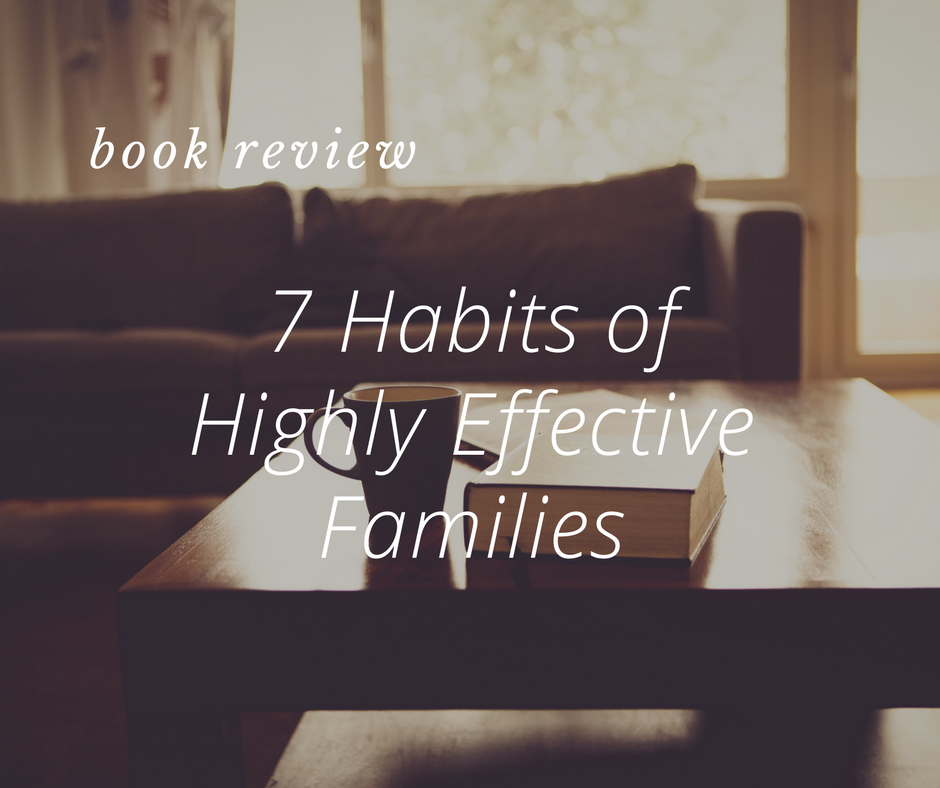Body image is such a journey. Postpartum is such a journey.
It’s exhausting.

I feel like I was given a serious lucky break when it comes to my postpartum body, in that I morphed gradually. After my first baby, I snapped back to my pre-pregnancy weight almost immediately, had very few stretch marks, and felt very much like myself.
After the second, there was some unusual thickness around the middle and a little different hair texture (my curls fell into moreso waves) but overall, still alright.
But this third baby… oh, daughter, what you hath wrought.
I’m the heaviest I’ve ever been.
There is some kind of lower-abdomen situation that cannot be disguised even by Spanx.
My skin seems to have taken a serious turn – vicious acne during and after pregnancy, texture problems, some sort of extreme dryness? and total lack of vitality or elasticity.
My hair fell out in clumps and has grown back in so much straighter. (I self-identify with my big, curly hair – this is a blow.)
Essentially, I look and feel like a mom of four and am fighting tooth and nail not to “let myself go.”
It’s not that I don’t care how I look anymore. It’s not that I’m no longer interesting in style. It’s not even that I’m too tired and pressed for time to look presentable.
It’s that everything I knew about my physical self is different. I spent decades of my life, as most women do, getting to know my body, my skin, my hair – its limitations, its beauty, the way to get it to look and feel its best. And all the sudden I’m starting all over.
I’m too old for this.
I should not be hitting another awkward middle school stage in my 30s.
I knew how to dress myself to my best advantage, how to style my hair, how to take care of my face as best I could. And I’ve gone back in time to a bathroom full of failed products, scraping my hair up in a ponytail because it “won’t behave,” throwing on baggy clothing and hoping for the best.
I know, deep down, that it doesn’t matter what I look like. That nothing about my value as a person or a mother has anything to do with my physical appearance. But it matters to ME.
Sometimes I think we (mothers? society? I don’t know who the “we” is) forget that something gets to matter JUST FOR THE MOTHER.
I’m preoccupied with trying to accept myself, AGAIN, when I thought I’d already gotten those issues out of the way in my early 20s. I don’t want to go back to my whole life before kids, I’d just like to feel in my skin the way I used to. Comfortable. Sassy. Take-me-or-leave-me. A little quirky and a little effortless and a little classy.
I don’t know where that woman is hiding, behind these eye bags and droopy flannels and stringy hair. I really want to find her. I forget sometimes that there are a good many people in my life who’ve NEVER MET HER. Who didn’t know me before children. I feel like they’re missing out. I’m missing out. My husband/ life partner/ best friend is missing out. I’m missing out.
Let me tuck my mom stomach into my high-waist-control-top leggings and do some yoga. Maybe there I’ll find a little bit of her.



